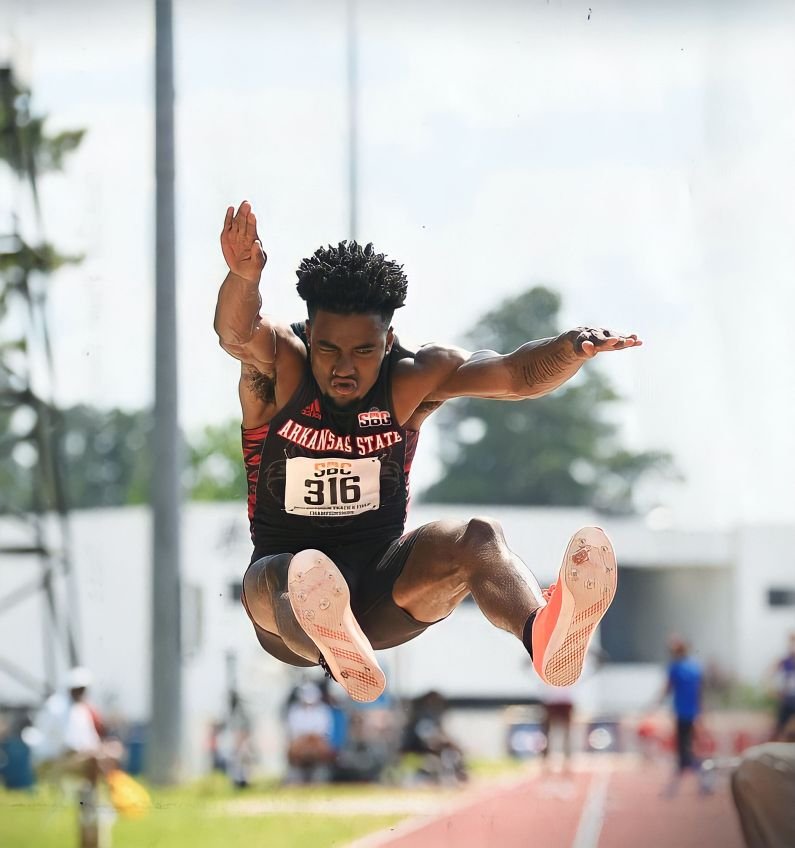
Track and field, a sport rooted in tradition, has witnessed remarkable changes and progress over the years. From the early Olympic Games to modern-day competitions, the sport has evolved significantly, embracing new technologies, refining techniques, and adapting to changing societal perspectives. In this article, we will explore some of the notable changes that have shaped track and field, redefining its boundaries and opening up new possibilities for athletes.
Advancements in Training and Conditioning:
One of the most significant transformations in track and field lies in the area of training and conditioning. Athletes today benefit from cutting-edge scientific research, sports medicine, and advanced training techniques that were not available in the past. The integration of technology has allowed coaches and athletes to gather precise data on performance, biomechanics, and physiological parameters. From wearable devices that monitor heart rate and stride length to sophisticated motion analysis systems, athletes have access to real-time feedback to fine-tune their training and optimize their performance.
New Event Formats and Categories:
Track and field has also witnessed the introduction of new event formats and categories, aimed at making the sport more inclusive and appealing to a wider audience. Traditional events like sprints, long jumps, and javelin throws are still prominent, but there has been a surge in alternative competitions such as obstacle races, mixed relay events, and urban street meets. These new formats not only provide exciting spectacles for fans but also offer opportunities for athletes with diverse skill sets to showcase their abilities.
Equality and Gender Parity:
Over the years, track and field has made significant strides towards achieving gender equality and inclusivity. The sport has placed a strong emphasis on providing equal opportunities for female athletes, resulting in increased participation and recognition. The introduction of women’s events in the Olympic Games and the rise of female athletes as trailblazers have shattered barriers and inspired generations. Today, women’s track and field is celebrated on par with men’s events, and athletes of all genders receive equal attention and support.
Technology and Equipment:
Technological advancements have revolutionized track and field equipment, enabling athletes to push their limits further. Track surfaces have become more advanced, providing better traction and shock absorption, thus minimizing injuries and enhancing performance. The development of lighter and more flexible shoes with improved cushioning has allowed athletes to achieve greater speed and agility. Moreover, advancements in equipment used for throwing events, such as javelins and discuses, have led to improved flight characteristics and distance records.
Doping Control and Clean Sport:
The fight against doping in track and field has been an ongoing battle, with rigorous testing and stricter regulations being implemented. The sport has adopted a zero-tolerance policy towards performance-enhancing substances, aiming to ensure fair competition and safeguard the health of athletes. With advancements in testing methods and increased awareness, efforts to promote clean sport have become more robust, helping to preserve the integrity of track and field.
Track and field has come a long way, embracing change and evolving to meet the demands of a modern world. From advancements in training techniques and equipment to increased gender parity and the fight against doping, the sport continues to redefine its boundaries. As we look to the future, it is evident that track and field will continue to adapt, incorporating new technologies, expanding event formats, and championing equality, while upholding the timeless values of athleticism, dedication, and fair play.
